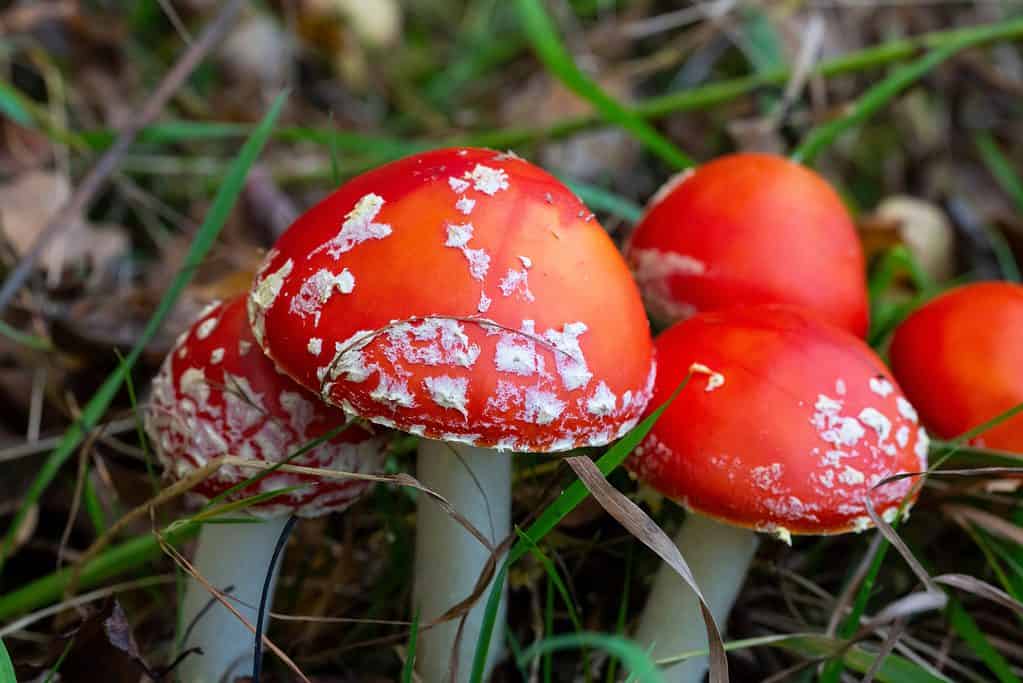Winter Solstice 2023: Exact Date and 20 Amazing Facts
19. Maya-pocalypse No

©izanbar/iStock via Getty Images
All over the planet, people were ready for the world to end on the winter solstice, December 21, 2012. On that day, the Mayan calendar allegedly expired. Connections, propagated by the internet, were made between that event and the myth that a mysterious planet called Nibiru would collide with Earth on that day. Did the Mayans predict doomsday? No. They did not. According to NASA, Nibiru does not exist. The Mayan Calendar is structured around a cycle that lasts 5,128 years, after which it begins again. While the 2012 winter solstice marked the first day of astronomical winter, it did not herald the end of the world.
20. String Up the Mushrooms

©FotoLot/Shutterstock.com
Recognizable by its red spotted cap, the poisonous fly agaric mushroom was used by indigenous people of the North Pole as part of their winter solstice rituals. Similarly to how stockings are attached to the fireplace mantle, fly agaric mushrooms were hung up to dry. Allowing the mushrooms to dry out reduced the inherent toxicity of the mushrooms. Shamans consumed the mushrooms, which had hallucinogenic properties. Eating those mushrooms made the shamans believe they were able to fly. Some folklorists believe that stories of those experiences became part of the legend of Santa Claus and his flying sleigh.









